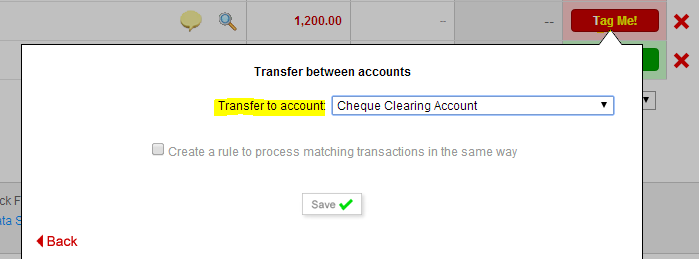I had a previous problem with a returned cheque, which I thought I’d resolved but coming up to year end accounts and it’s still causing me a problem.
An invoice was paid by cheque in the 2012/13 accounting period. It was returned in the 2013/14 accounting period. I tend to record cheques into petty cash until they are paid into the bank. I followed advice on the forum to de-tag the original credits in petty cash to a suspense account and tag the returned cheque transactions in the current account to the same suspense account, thereby bringing it back to zero and showing the invoice as still outstanding. The client then subsequently paid again so all good.
However, this increased the debtors collection account for the closed period 2012/13 because the invoice was changed to show as outstanding and I am now showing a negative figure in the 2013/14 suspense account because the debit and credit where completed in different accounting periods. We are a Scout Group and complete our accounts on a receipts and payments basis so I could just ignore it, however it just doesn’t feel like the correct way to manage the situation. My wife uses Quickbooks and asked if I could use a journal entry to show an outstanding amount on the client account because that’s what she’d do in that application, keeping the changes to the 2013/14 period but I can’t figure out a way to do in in Quickfile.
I didn’t know you could lock your accounts at the end of a period, I still haven’t done that and I need to find out how it would work. I’m therefore not sure if the lockdown would have prevented me re-tagging the credit in petty cash to the suspense account…if it would have, how should I have processed the cheque then?
Any help greatly appreciated.
Thanks




